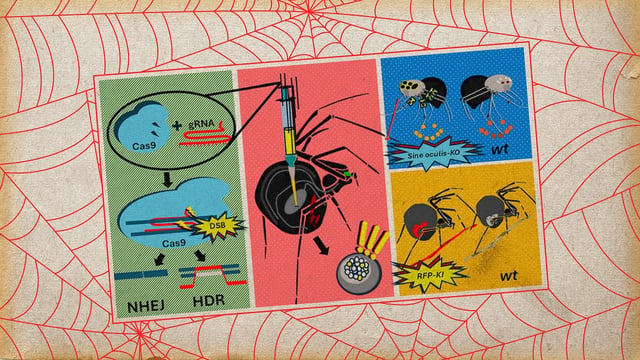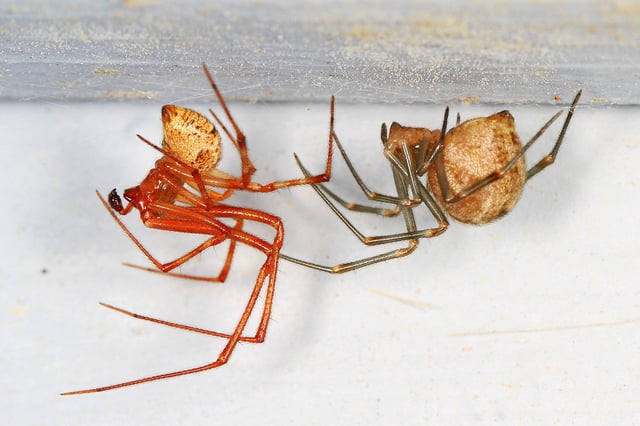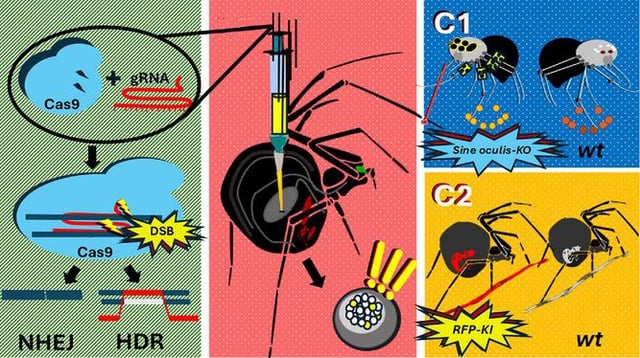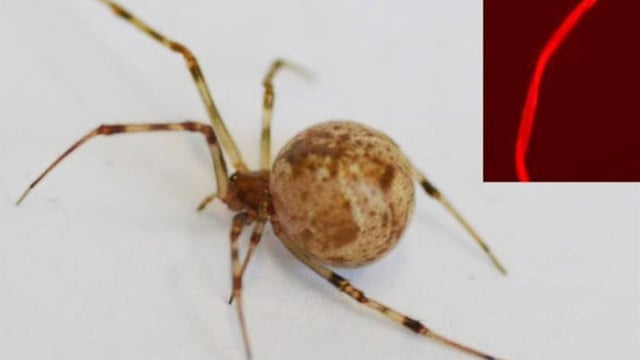Overview
- This marks the first successful application of CRISPR-Cas9 technology in spiders, overcoming significant challenges posed by their cannibalistic behavior and complex genomes.
- Researchers knocked out the sine oculis gene, confirming its role in eye development, resulting in spiders with reduced or no eyes.
- A red fluorescent protein gene was inserted into silk-producing genes, enabling genetically modified spiders to spin red fluorescent silk.
- The breakthrough demonstrates the potential to engineer spider silk with tailored properties, such as increased tensile strength, for advanced material applications.
- The findings, published in *Angewandte Chemie*, open new possibilities for biomaterials research, including uses in textiles and medical sutures.



